|
Here's a short story for May, for Scotland's Year of Stories. It's one of my favourites from the Isle of Skye, somewhere in the Cuillin mountains...
First heard from storyteller Beverley Bryant at the Scottish International Storytelling Festival a few years ago. #strathspeystorywalks #yearofstories2022 #isleofskye #skye
0 Comments
Last week I walked part of the Skye Trail to Portree, accompanied by so many stories along the way. The folklore and meanings of places give a totally different perspective on the hills and lochs: they become familiar, places that generations of people have made their own, living and dying there. It means you can never be bored, even if the weather is pretty shocking - especially true in this case - as you're figuring out the land, the story places, and marking meaning as you walk. I had Otta Swire as my guide - and what a wonderful guide she was. She grew up between Skye and Kingussie, and is one of my favourite writers. Here are some of my favourite story snippets from the places I walked through, familiar to many of you no doubt, and will hopefully provide a bit of interest for your next trip to Skye... Broadford petrol station ...is actually a fairy knoll. Fairies may be spotted dancing about this little promontory :) Beinn na Caillich ...towers over Broadford. It's an impressive hill, with a sizeable cairn on the top, easy to spot. The cairn is said to be the grave of a Norse princess, who loved and missed Norway and wanted to be buried looking out to sea in the direction of her homeland. The mountain is named for her - though some say it's named for the cailleach Beira, goddess of winter and creator of Scotland, others for 'Saucy Mary', a Norwegian princess who married a MacKinnon and set up a toll for all the passing ships at Kyleakin. Tigh nan Druinich ...means the house of the craftsmen, and is underground, somewhere near this quarry at Kilbride - hopefully undisturbed! The house is supposed to be round, built of stone, and very small - the people who lived here were equally small, but extremely skilled. Both St Patrick and St Columba employed them to embroider their vestments. Clach Oscar ...is a very short detour from the road at the head of Loch Slapin. The stone was thrown here by Oscar, one of the famous Fianna giants, when he was in good spirits and testing out the weight of stones before he threw (and created) Soay. Loch Sguabaidh ...was the home of a waterhorse or kelpie for many years. This particular kelpie had a liking for pretty girls - and in fact if a girl was taken and escaped, her reputation as a beauty was assured. Some people think this waterhorse was the beast of the Bealach na Beiste, the pass of the monster, not far above the loch, where a Mackinnon of Strath fought and killed a great beast. Burn of Misfortune ...is the English name for Allt na Dunaiche, on the west side of Loch Slapin near the Blà Bheinn carpark. Here, seven girls and a boy made their way up into the hills near the waterfall to spend the summer at the shieling, or summer farm. One evening, the girls went off to a wedding, leaving the young boy alone. To his surprise, in through the door walked seven cats and settled themselves by the fire, all chatting away to each other. They ate all the butter and cream but made it look as if the vessels were still full - and then disappeared into the night. When the girls returned, the boy told the tale, but the girls laughed and disbelieved him, pointing to the full buckets of milk and cream. The next night, the cats returned, and by dawn, all the girls were dead. Their mothers, arriving that day to fetch the milk and cream, cried out in sorrow, 'Airigh mo dunach' - meaning shieling of my misfortune or woe. Kilmarie graveyard ...is a little haven right by the coast, and apparently on the site of a stone circle. The ruins of the old church are also gone, washed away in a huge storm in the 1920s. A sailor had recently been buried in the graveyard and it was said the sea came in to claim him back. There was a strong belief that the sea will search for her souls, so bodies found at sea should always be buried on the water's edge, in case she should flood the land seeking them. The Cuillin Hills How did the Cuillin get their name? There are several theories; here is one. Many moons ago, Sgiath, the mighty warrior goddess, set about establishing a school in the mountains to teach the art of war (in fact Skye might well be named for her - or the other way round - Eilean Sgitheanach). The school became known far and wide, turning out the very finest warriors the world over. News of the school and its female instructor who had never lost a battle, reached the ears of Cuchullin (or Cú Chulainn), the mighty warrior in Ireland. He desired to see this or himself, and took three steps from Ulster to Skye, arriving at Sgiath's school in the mountains. She took no notice of the famous warrior, despite his prowess and the speed with which he learned the martial arts. Frustrated, he challenged every single student to a battle, and won every single one. At which, Sgiath showed a little interest, and gave permission for him to fight her daughter - quite an honour. Cuchullin and Sgiath's daughter fought "for a day and a night and another day" until he defeated her. At which, Sgiath's wrath was swift and mighty. She came down from the mountaintops, and fought Cuchullin for many days and many nights, in the mountains, lochs and sea, but neither gained the upper hand. Sgiath's daughter meanwhile was busy collecting hazelnuts - known for gifting wisdom - to make a stuffing for roast deer. She coaxed them to come and eat. Sgiath thought, "The hazels of knowledge will teach me how to overcome Cuchullin." And Cuchullin thought, "The hazels of knowledge will teach me how to overcome Sgiath. Actually, the hazels of knowledge taught them that neither would overcome the other, so they made peace and promised one another to come to the other's aid should they ever need it. And so, Sgiath presented Cuchullin with a weapon which he would come to be known for - the Firbolg, made by the fairy folk in the mountains - and named these hills after him. The Black Cuillin ...used to be just a wide flat moor, stretching to the sea. Beira held a maiden captive, who she swore would be her prisoner until she washed a brown sheep's fleece until it was white. A rather impossible task! It just so happened that Spring was in love with this maiden, and he wanted her free. He had reasoned with Beira, he had argued with Beira, and he had fought with Beira - but she refused to give her up. Finally Spring turned to his ally the Sun for help (for where would Spring be without the Sun?). The Sun spotted Beira striding across the moor one day, and flung his spear at her. He missed, and Beira cowered under a holly bush for protection, but the fiery spear scorched a blister into the earth, six miles wide and six miles long. For months the earth bubbled and rose, until at least the smoke and the hissing steam cleared to reveal the dark, spiky peaks of the Black Cuillin. Because the mountains were made by the fire of the Sun, the enemy of Beira, the goddess of winter, this is why snow rarely settles on them for long. And what of the maiden? We don't know, but that's how the Black Cuillin came to be! Glamaig At her foot, there was a lodge to which the Fianna warriors would return to after hunting 5,000-6,000 deer in a day. Suidh Fhinn ...overlooks Portree. Finn's seat is where this legendary warrior used to sit and bark orders to drive the deer, all the way over in Strath. We must assume he had a very loud voice, and very good eyesight... Note on stories: all stories are based on Otta's book below, but are written in my words. References Otta Swire (1961) Skye: The Island And Its Legends Geoff Holder (2010) The Guide To Mysterious Skye & Lochalsh https://www.ainmean-aite.scot/ https://www.dwelly.info/ |
AuthorSarah Hobbs - read more on the About page. Archives
July 2023
Categories |
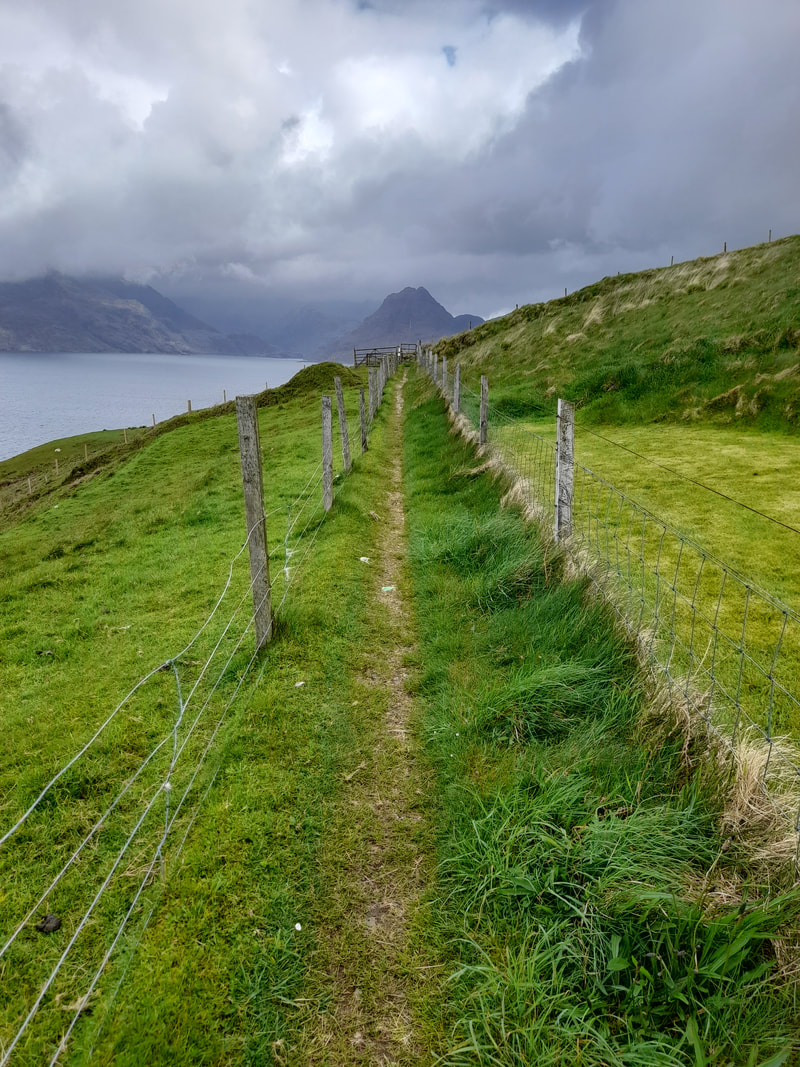
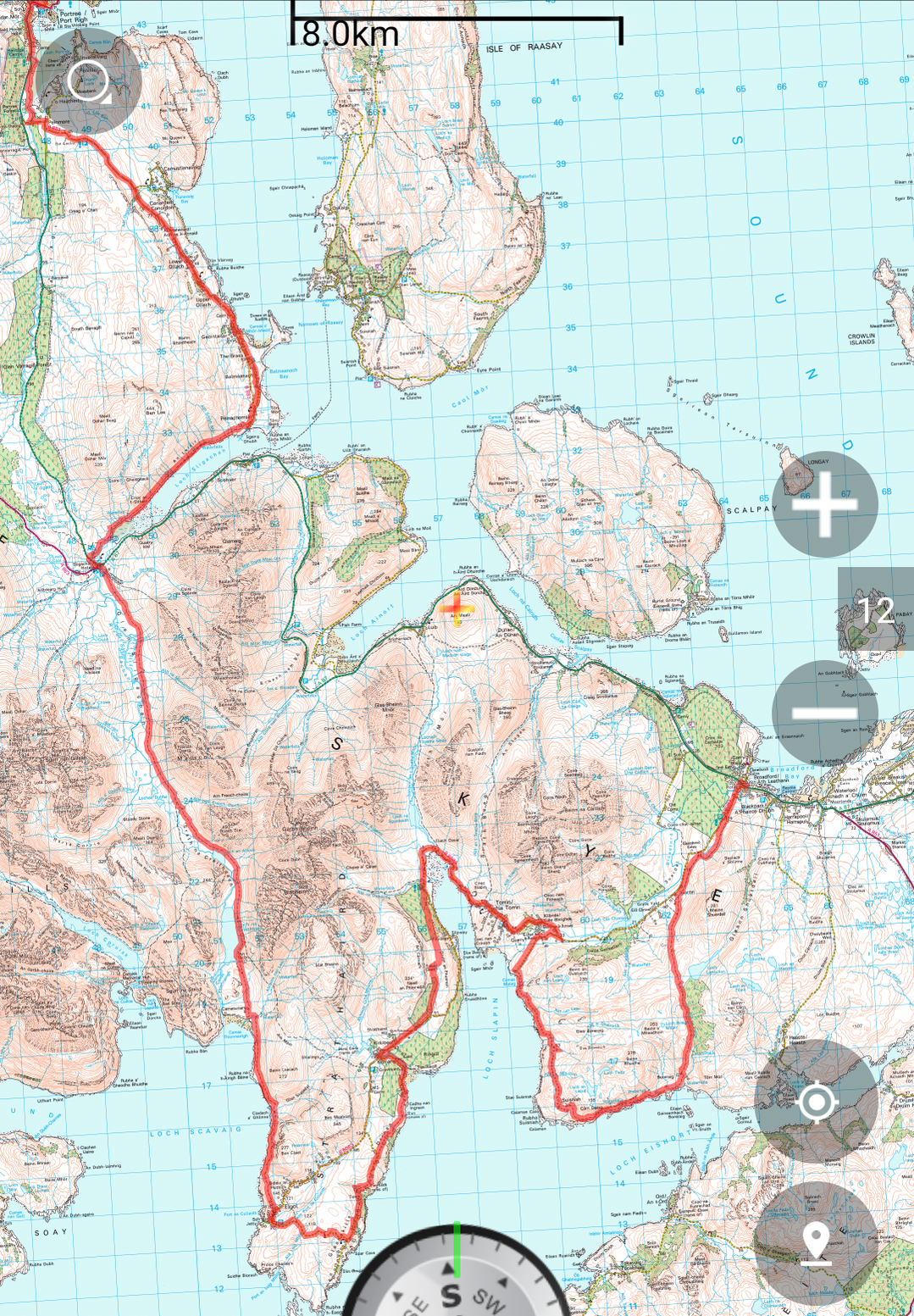
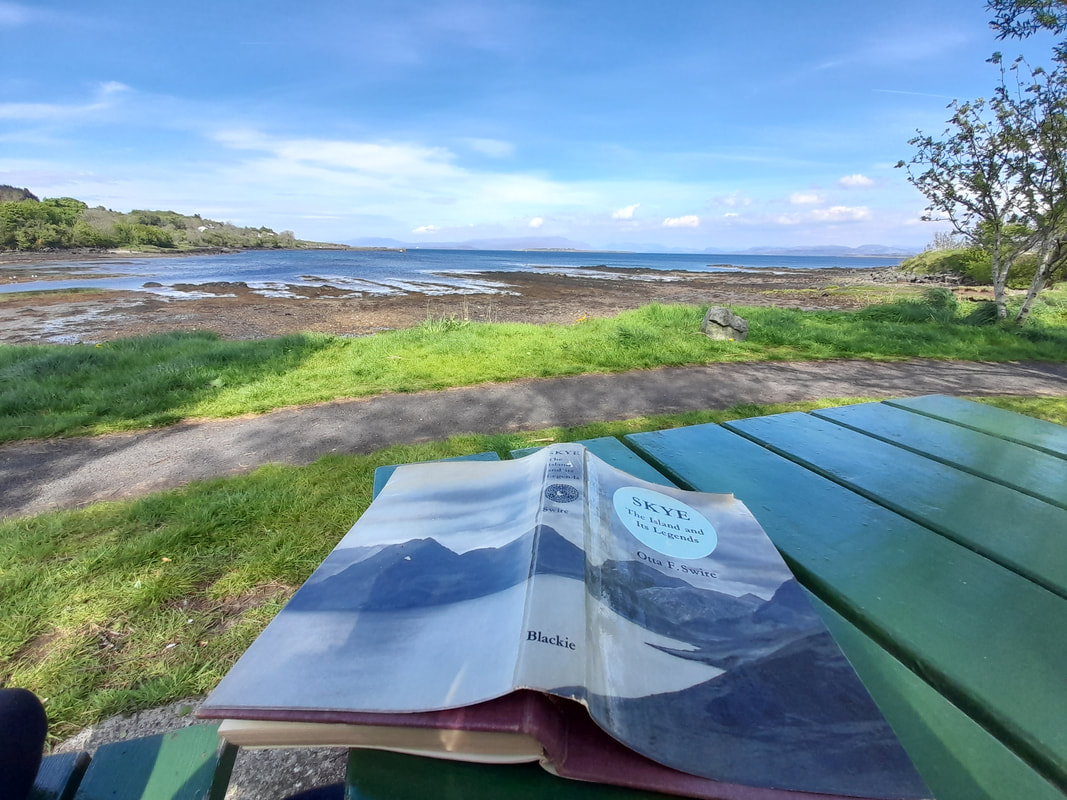
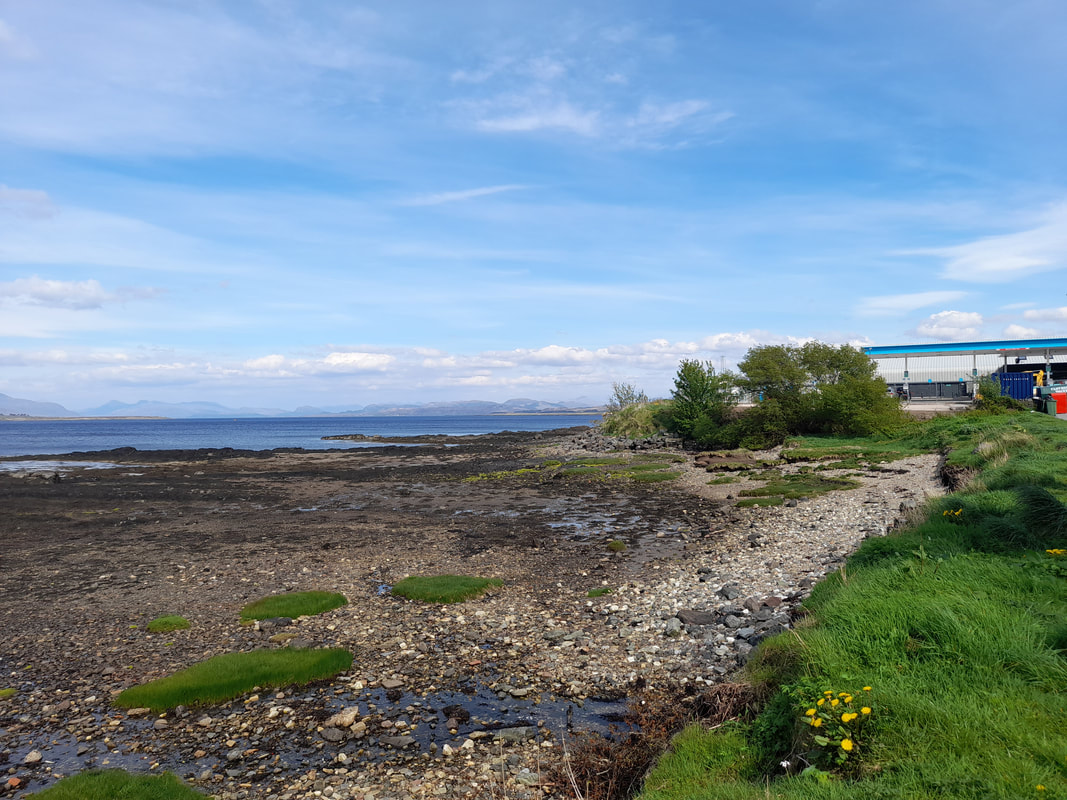
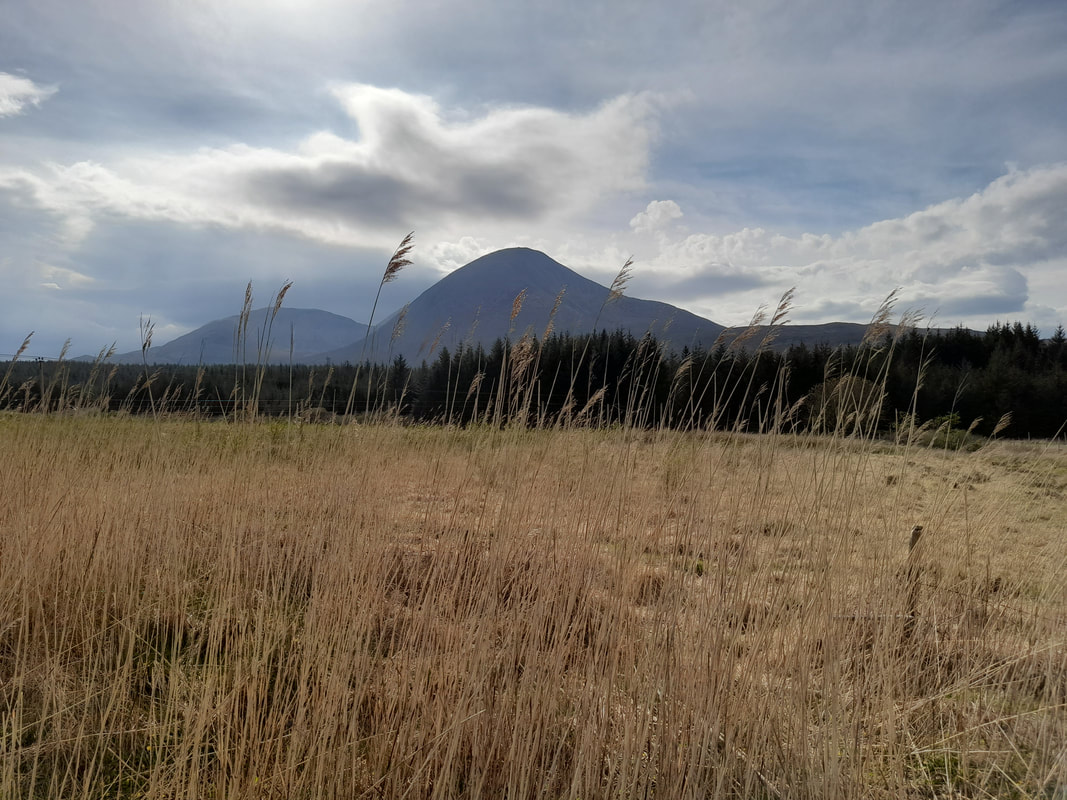
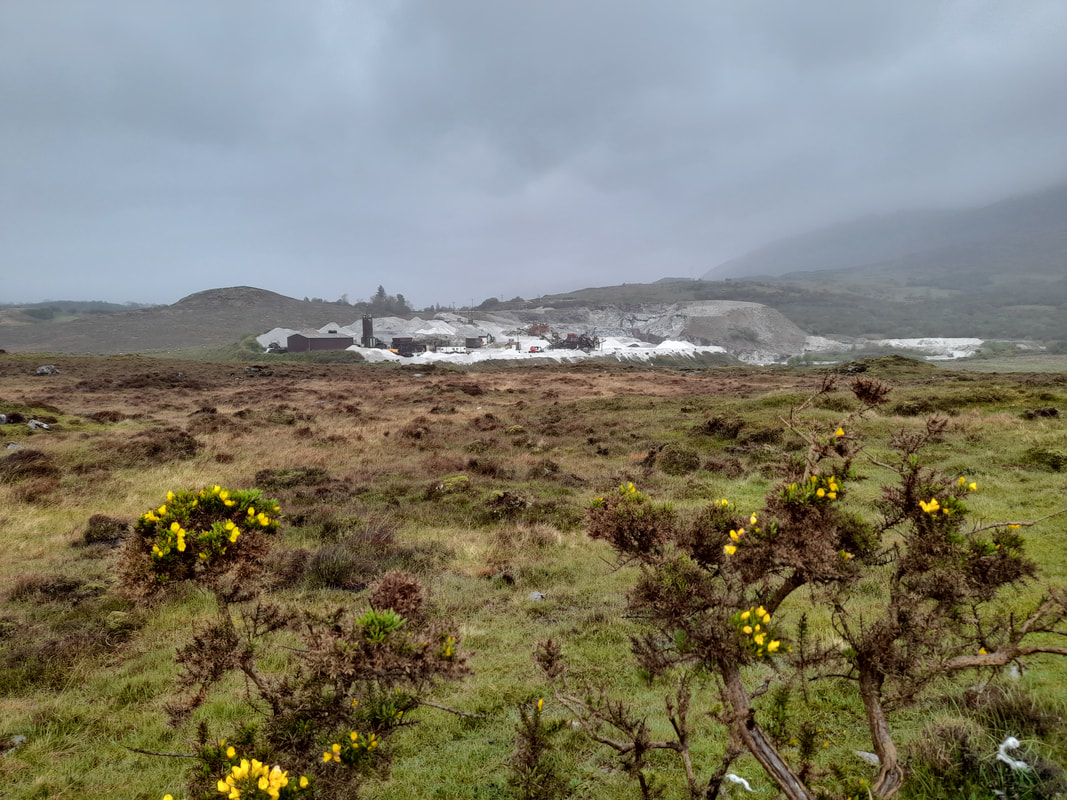
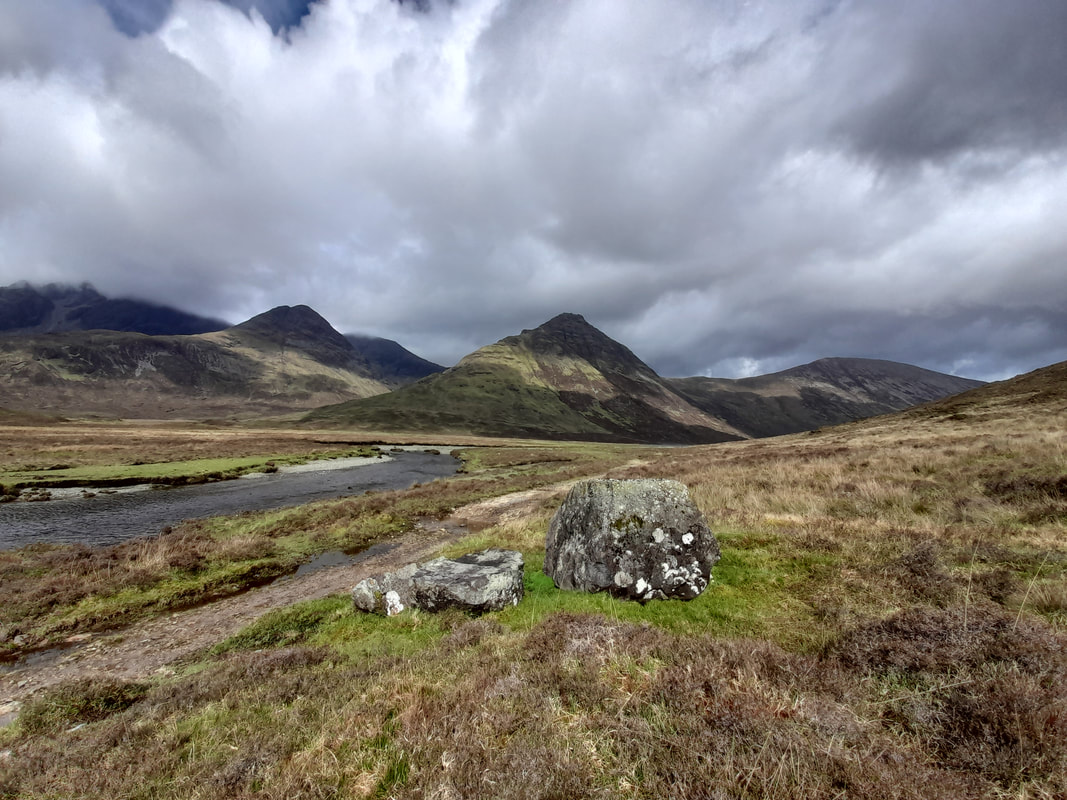
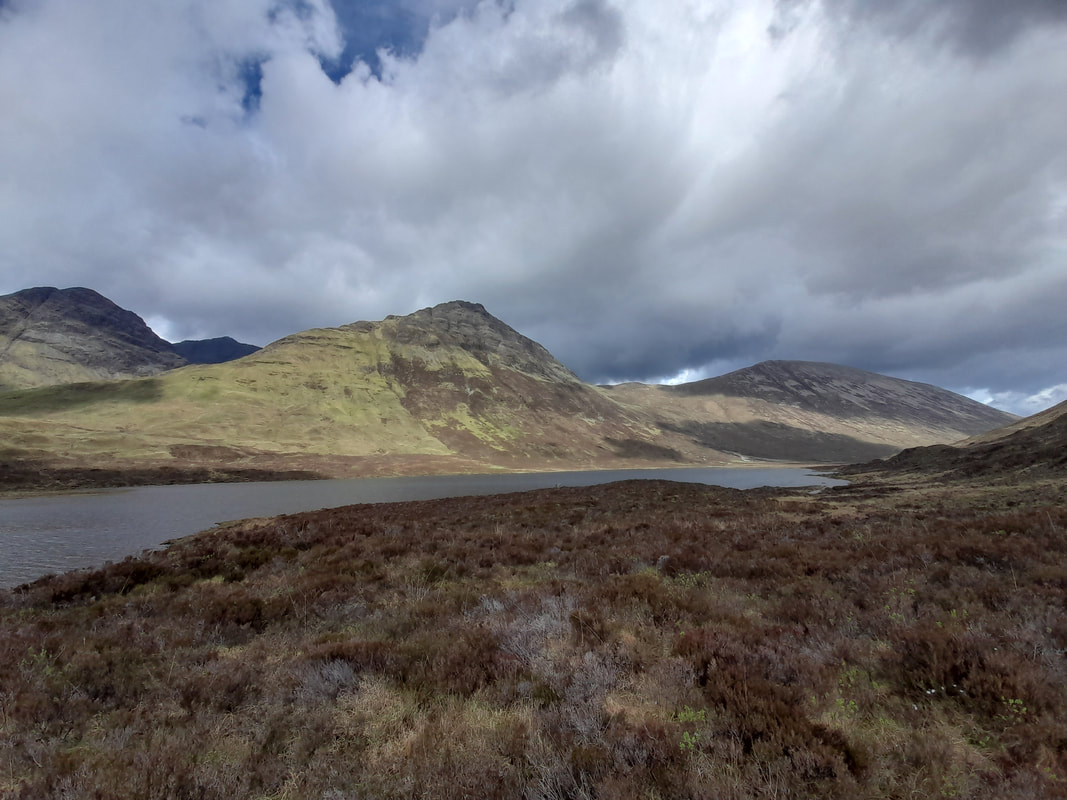
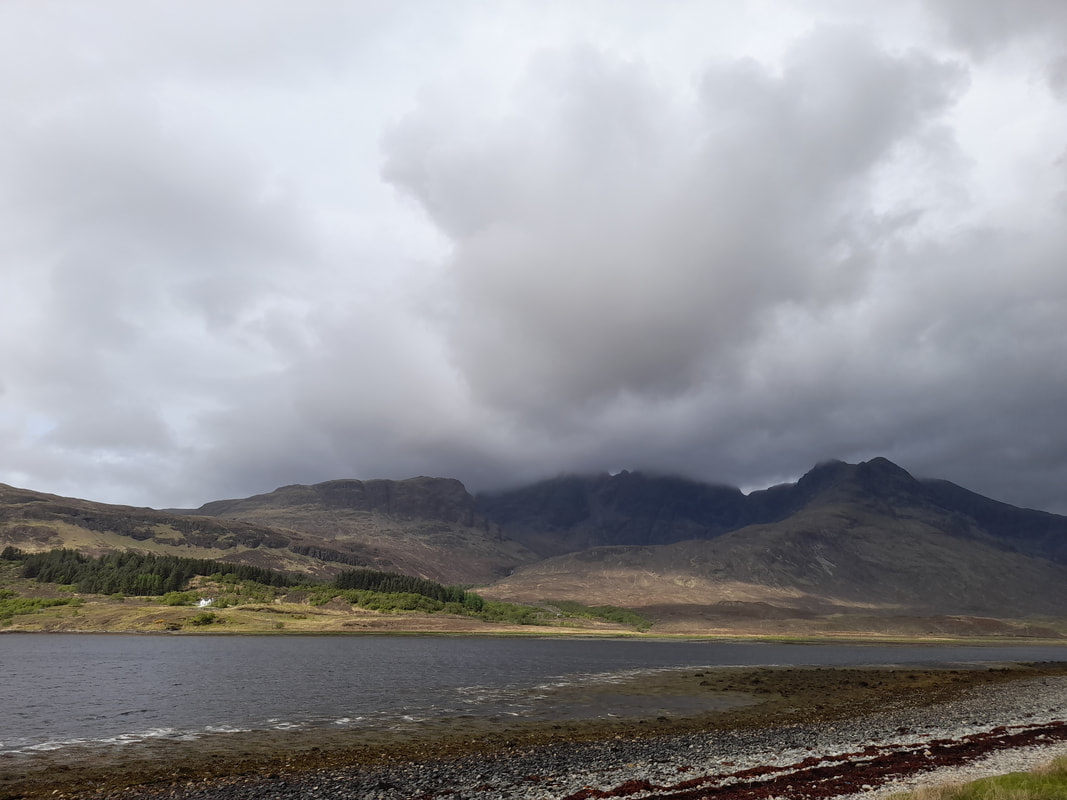
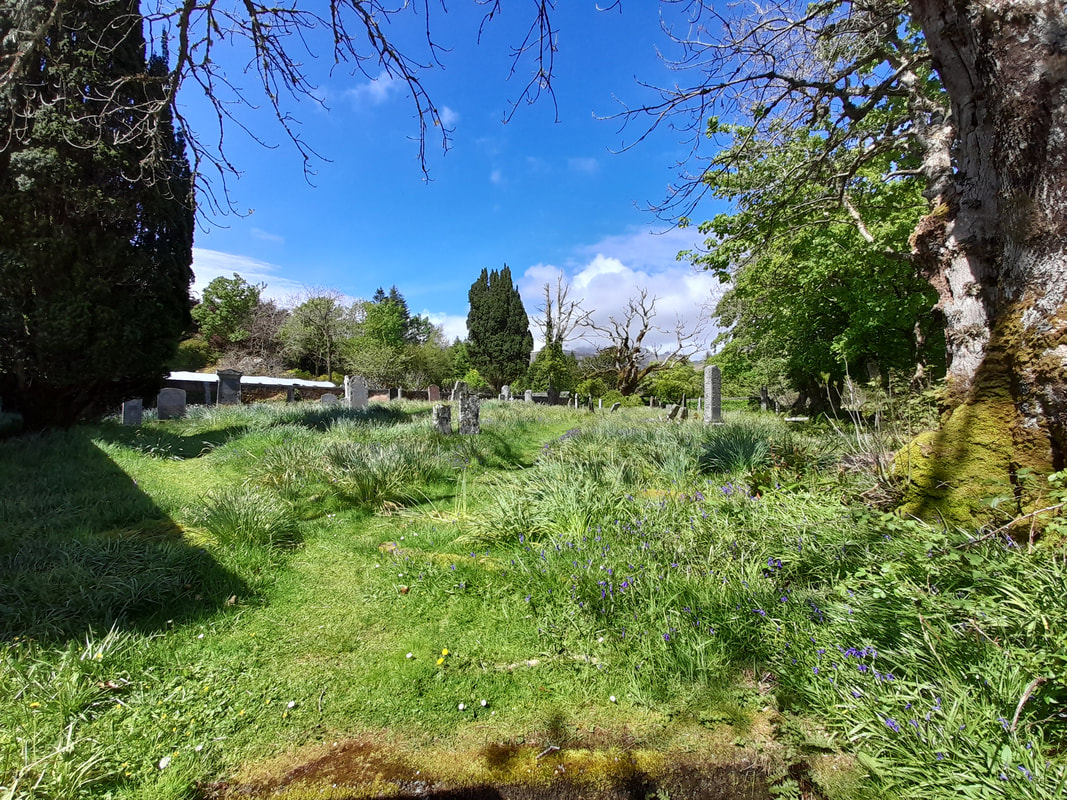
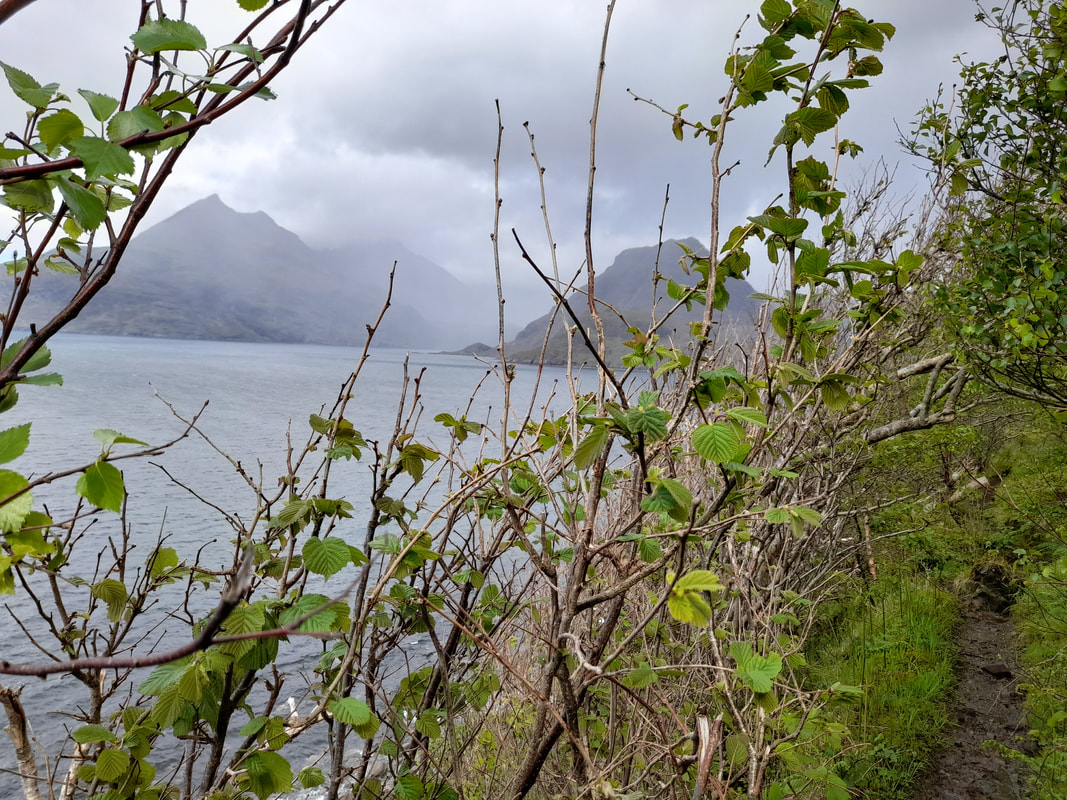
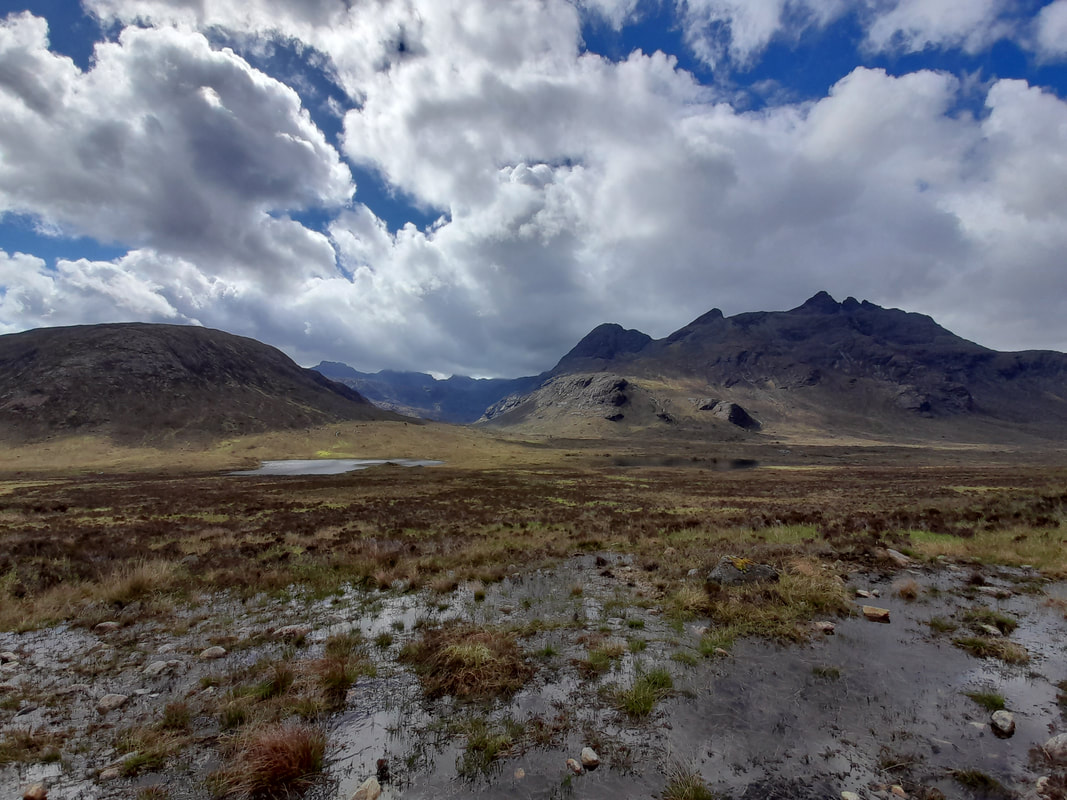
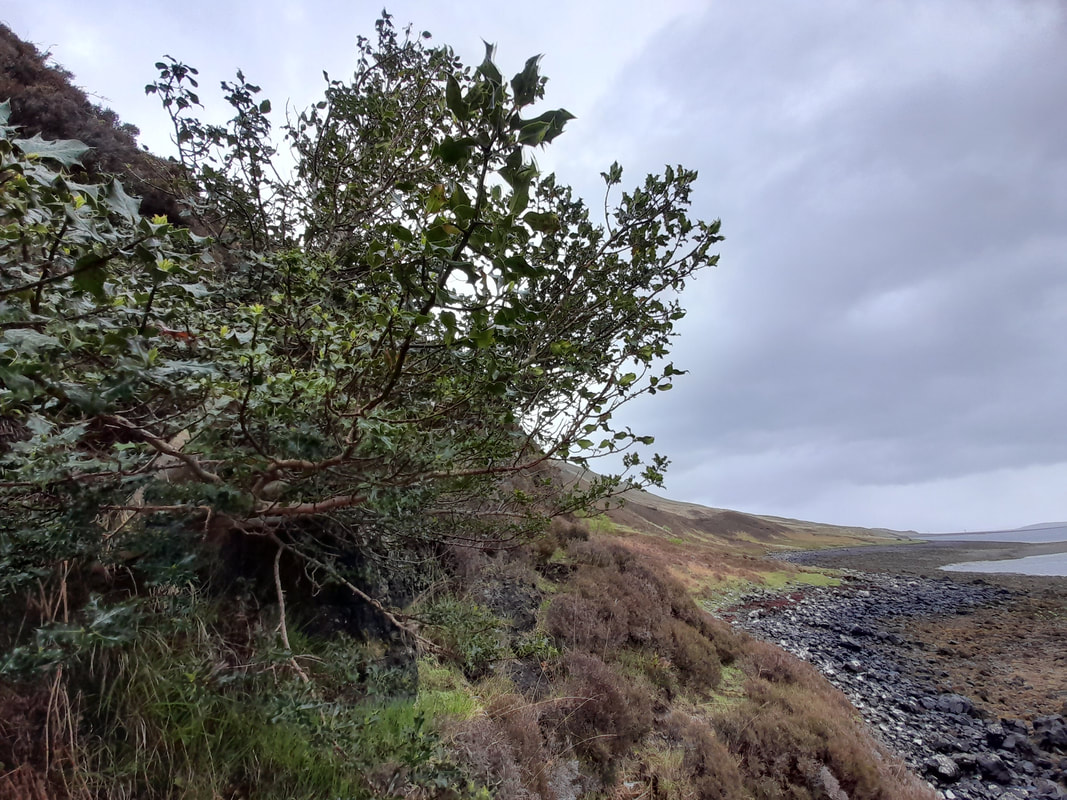
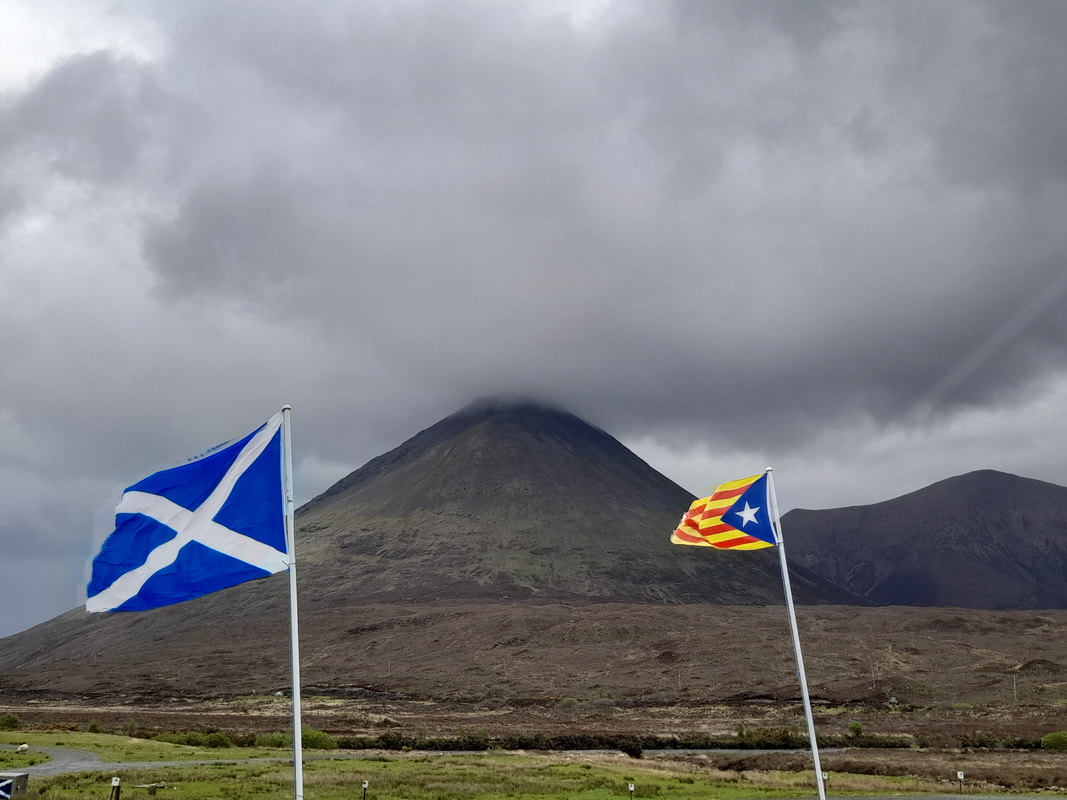
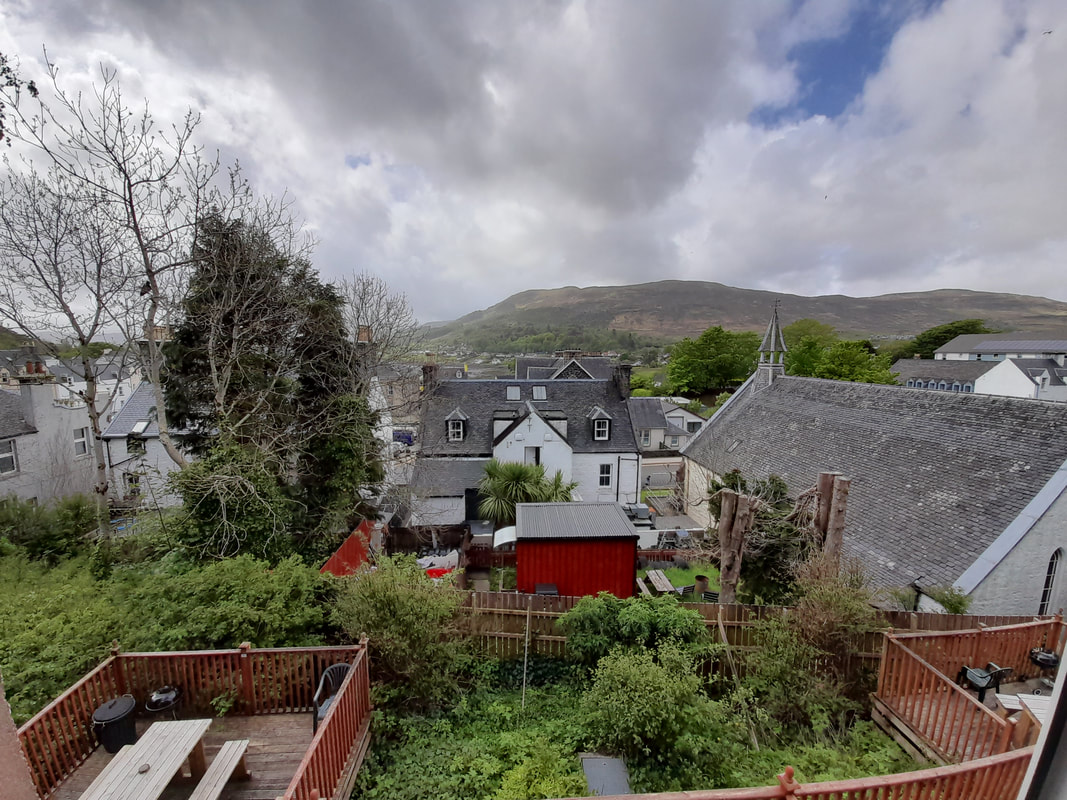
 RSS Feed
RSS Feed